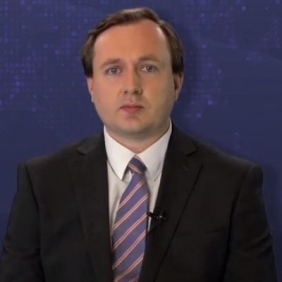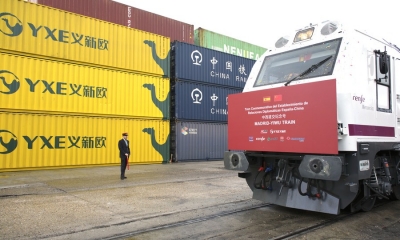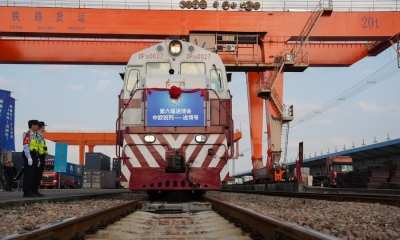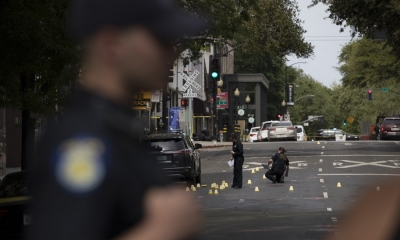The US Economy is Sinking, but Biden Refuses to Act
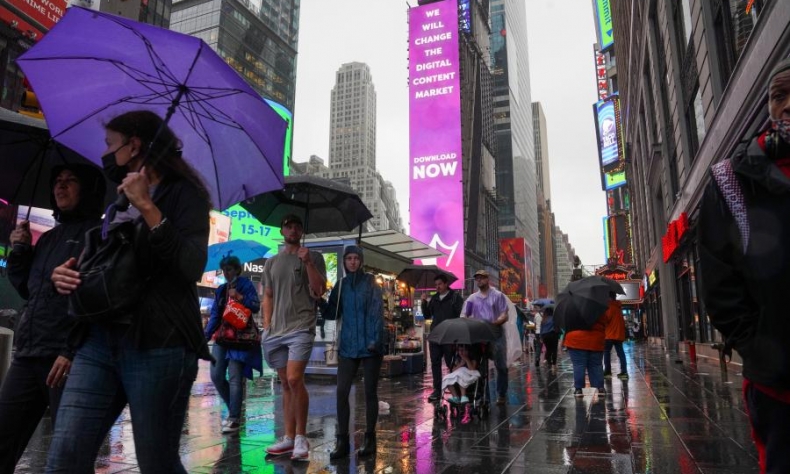
A teetering economy could go either way, but the worst scenario would be a recession.
The latest U.S. consumer price index (CPI) was published on Wednesday, revealing a higher-than-expected inflation rate of 9.1% year-on-year. The data comes amidst forecasts from the Bank of America that the country is anticipated to enter a “mild recession,” which will see its economy potentially shrink in the coming quarters. The White House quickly played down the negative data, claiming it was “out of date.”
At this point, however, such figures are hardly convincing and come amidst a year of similar excuses, ranging from claiming the inflation was merely “transitory” in 2021 to misleadingly branding it as “Putin’s price hike.” But whatever way one looks at it, the U.S. economy is sinking, and President Biden appears to have no idea how to stop it.
How did U.S. inflation become so catastrophic? Although the trend is repeated throughout the Western world, the root of the inflation spike lies in two distinct factors, both of which are attributable to U.S. domestic policy.
The first was the overheating of the money supply in the bid to force a national economic rebound from the COVID-19 pandemic. Second, the political stubbornness and insistence on refusing to deviate from Trump’s trade war tariffs against China, which have become an untouchable “sacred cow” of sorts to the U.S. protectionist debate, which, despite their apparent negative impact, have become unassignable for Biden and the administration to find consensus to remove.

Concerning the first factor, the Biden and Trump administrations sought to forcibly turbocharge the U.S. economy to offset a COVID-driven slump by initiating multiple rounds of multi-trillion-dollar stimulus measures. In the short term, this worked, with measures such as stimulus checks reigniting U.S. consumerism and seeing the economy bounce back. In the long run, however, such stimulus measures did not address longstanding structural flaws in the U.S. economy. They effectively lifted it beyond its means, creating short-term momentum at the expense of long-term instability as businesses grappled with supply shocks and sought to recuperate lost revenue from the pandemic, seeing opportunity in a sudden surge of spending created a spiral of inflation which soon became a vicious cycle.
This became worse when coupled with the pressure of the Trump administration’s trade-war tariffs on Chinese imports, which Biden has uncritically embraced. The tariffs did not, as initially hoped, divert the flow of U.S. trade from China in any way, but rather the consequences of the pandemic on supply chains saw American imports from the country surge respectively. Businesses responded to the tariffs by raising prices, which added to the U.S. inflation spiral. The war in Ukraine then acted as additional inflationary pressure, causing oil and gas prices to surge.
By mid-2022, members of the Biden administration, including Treasury Secretary Janet Yellen, had publicly conceded that tariffs on Chinese goods were detrimental to the U.S. economy, prompting an internal debate. Despite this, no action has been taken. The primary reason is that such tariffs are perceived as “politically untouchable” due to what they represent regarding U.S. competition against China, as opposed to their actual merits in practice.
This has seemingly made them incapable of doing the right thing for the U.S. economy, even though the surging inflation has, in effect, made Biden more unpopular than Trump. To make matters worse, the U.S. Federal Reserve has been forced to respond to the overheating inflation by raising interest rates multiple times. This has all but ended the U.S. recovery trajectory, with its economy having contracted on annualized terms during the first quarter of the year. This marks an ironic outcome given the Biden administration, in its first year, repeatedly and exaggeratingly, boasted that its economic data was of the best in decades, acting in vindication of its policy. That hasn’t aged well.
The U.S. economy is now sinking, and things have worsened far quicker than anyone expected, reinforcing the daunting tasks the U.S. government has to deal with. A teetering economy could go either way, but the worst scenario would be a recession.
 Facebook
Facebook
 Twitter
Twitter
 Linkedin
Linkedin
 Google +
Google +



